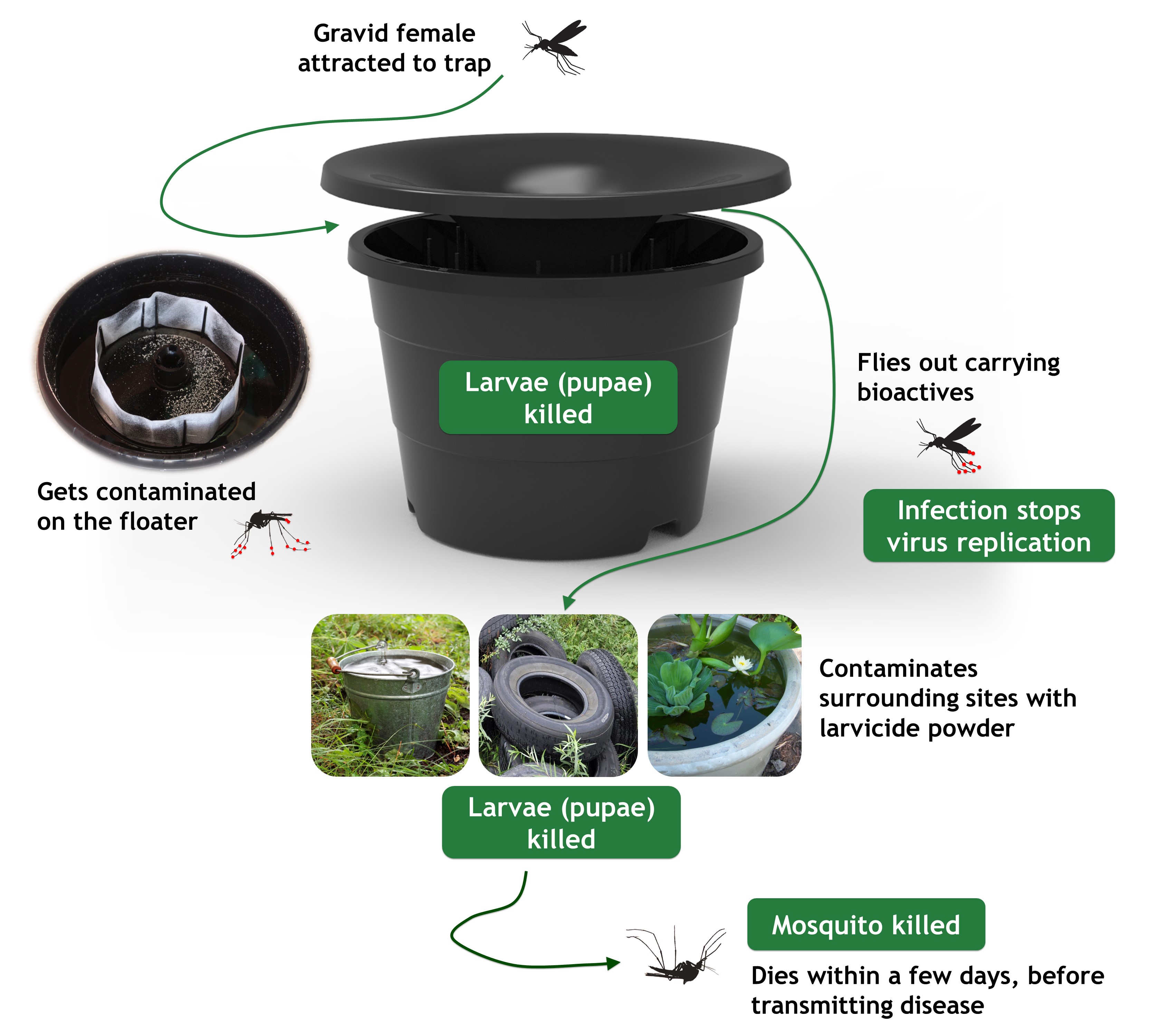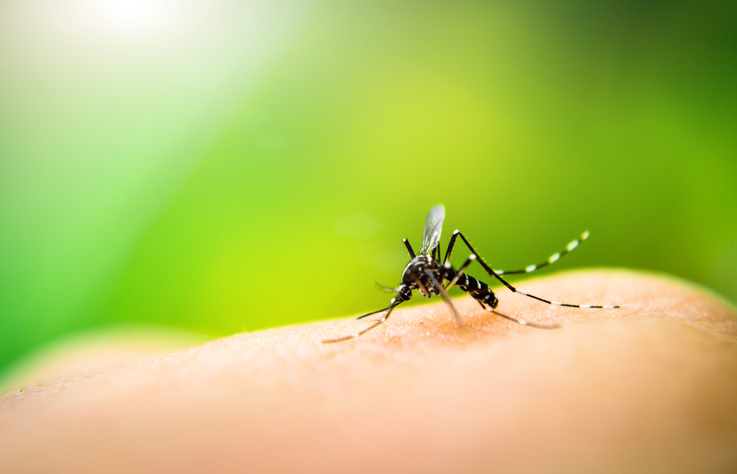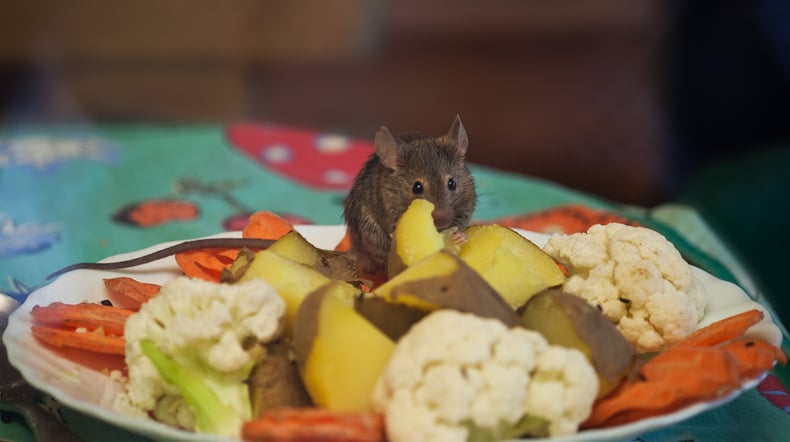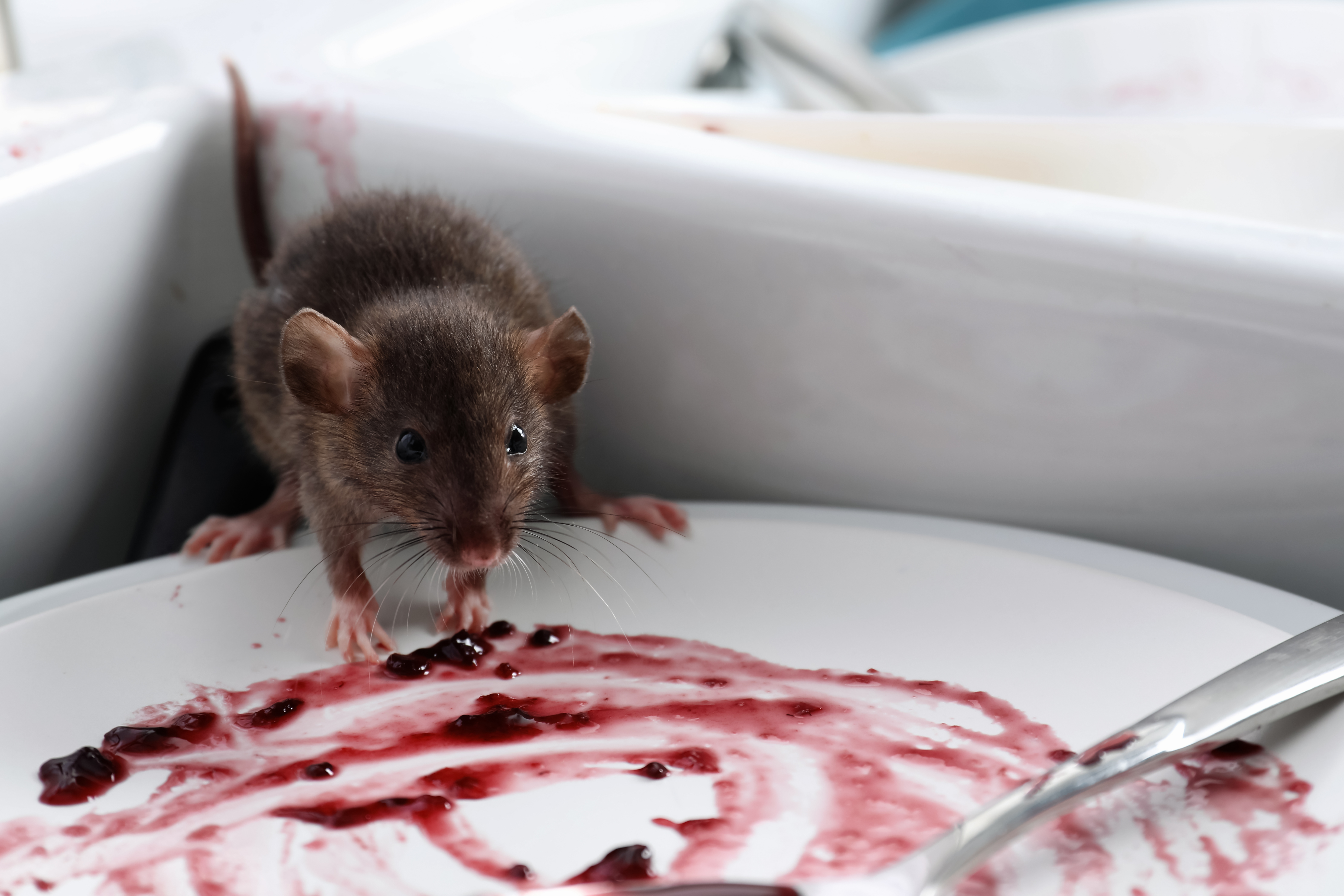As homeowners, we understand the importance of protecting our families from mosquitoes bites and the diseases they transmit. Mosquito-borne viruses like Dengue, Chikungunya, Yellow Fever, West Nile, and Zika pose significant health risks, and controlling mosquito populations becomes crucial. In this article, we will explore the effectiveness of the In2Care Mosquito Station in combating mosquitoes and discuss how this innovative solution can help keep our homes and communities safe. Let's dive into the details and understand why the In2Care Mosquito Station is a game-changer in insect control.
Why Do We Get Mosquitoes in California?
 With its diverse climate and geography, California provides a suitable environment for mosquitoes to thrive. Understanding the reasons behind their presence is crucial in developing effective mosquito control strategies. Let's explore the factors contributing to the mosquito population in California.
With its diverse climate and geography, California provides a suitable environment for mosquitoes to thrive. Understanding the reasons behind their presence is crucial in developing effective mosquito control strategies. Let's explore the factors contributing to the mosquito population in California.
- Climate and Weather: The Mediterranean climate of California, characterized by mild, wet winters and hot, dry summers, creates ideal conditions for mosquito breeding. Warm and humid environments are ideal for mosquitoes, and the state's varying climates are haven habitats for different mosquito species.
- Water Sources: Mosquitoes require standing water to lay their eggs and complete their life cycle. California's diverse landscape, including lakes, ponds and wetlands become potential breeding sites for mosquitoes. Rainfall, irrigation, and residential water sources also contribute to the availability of stagnant water, allowing mosquitoes to reproduce.
- Vegetation and Landscaping: Mosquitoes are attracted to areas with dense vegetation, as it provides shade, shelter, and sources of nectar for adult mosquitoes. Neglected areas with overgrown vegetation and certain plants and flowers can attract mosquitoes with their scent, increasing the likelihood of mosquito activity in those areas.
- Urbanization and Human Habitation: Urban areas with associated water sources like pools, birdbaths, and neglected containers, provide ideal breeding grounds for mosquitoes.
- Travel and Imported Cases: California is a tourist destination and an international trade connection. The Golden State sees a significant influx of travelers from regions where mosquito-borne diseases are endemic, which can introduce new mosquito species or disease strains, further complicating mosquito control efforts.
As we understand the factors contributing to mosquito populations in California, homeowners and residential pest control professionals can take proactive measures to minimize mosquito breeding sites, implement targeted control methods, and reduce the risk of mosquito bites and mosquito-borne illnesses.
What Kind of Mosquitoes Are Native to California?
Some of the common mosquito species found in California are:
- Aedes aegypti: Commonly known as the yellow fever mosquito, is a significant mosquito species in California. These mosquitoes have black and white markings on their bodies and are active during the day. They are known to transmit diseases such as Dengue fever, Chikungunya, and Zika virus. Aedes aegypti mosquitoes prefer to breed in small, man-made containers such as flowerpots, discarded tires, and water-filled containers around residential areas.
- Aedes albopictus: Also known as the Asian tiger mosquito. They have distinct black and white striped bodies, are aggressive biters and can transmit diseases such as Dengue fever, Chikungunya, and Zika virus. These mosquitoes breed in both natural and artificial water-holding containers, including tree holes, discarded tires, and saucers under potted plants.
- Culex pipiens: Known as the northern house mosquito. They have a brownish appearance with noticeable white stripes on their legs and are primarily active at night. They are known to transmit West Nile virus, which can cause severe illness in humans. These mosquitoes breed in various stagnant water sources, including artificial containers, storm drains, and stagnant pools.
- Culex tarsalis: You might recognize it by the name Western Encephalitis Mosquito. They have a similar appearance to the northern house mosquito, with brownish bodies and white-striped legs. These mosquitoes are prevalent in rural areas and are known to transmit West Nile virus. They breed in freshwater sources such as marshes, rice fields, and irrigation ditches.
- Anopheles freeborni: Known as western malaria mosquito. They have a pale brown color with dark patches on their wings. Although malaria transmission is not a significant concern in California, Anopheles mosquitoes can transmit other diseases such as Western equine encephalitis. They breed in natural water sources like ponds, marshes, and slow-moving streams.
Understanding the different mosquito species native to California helps homeowners and pest control professionals tailor their insect control strategies accordingly with targeted efforts.
What is the In2Care Mosquito Station and How Can It Help Combat Mosquitoes?
 AIPM has partnered with In2Care to help homeowners in Southern California manage their mosquito infestations. One of the tools we use to prevent and control is the In2Care Mosquito Station. This station is a revolutionary tool in the field of mosquito control. Designed to combat Aedes and Culex mosquitoes, which are primary vectors for mosquito-borne diseases, this innovative solution offers an effective and environmentally friendly approach to reducing mosquito populations. Let's delve into the details of the In2Care Mosquito Station and explore how it can help in the fight against mosquitoes.
AIPM has partnered with In2Care to help homeowners in Southern California manage their mosquito infestations. One of the tools we use to prevent and control is the In2Care Mosquito Station. This station is a revolutionary tool in the field of mosquito control. Designed to combat Aedes and Culex mosquitoes, which are primary vectors for mosquito-borne diseases, this innovative solution offers an effective and environmentally friendly approach to reducing mosquito populations. Let's delve into the details of the In2Care Mosquito Station and explore how it can help in the fight against mosquitoes.
- User-Friendly Design and Easy Assembly: The In2Care Mosquito Station is designed with simplicity and convenience in mind. Homeowners and pest control professionals alike can easily assemble and deploy the station without the need for complex installation or external power sources.
- Novel Approach: The best feature of the In2Care Mosquito Station is that it uses mosquitoes to Spread Larvicides. Instead of directly targeting adult mosquitoes, the station utilizes mosquitoes themselves as carriers to spread larvicides to breeding sites. This method, known as "autodissemination," takes advantage of the mosquitoes' natural behaviors to target both larvae and adult mosquitoes, effectively interrupting their life cycle.
- Effective Targeting of Aedes and Culex Mosquitoes: Aedes mosquitoes, including Aedes aegypti and Aedes albopictus, are known for their challenging control due to their breeding habits and resistance to chemical insecticides. The In2Care Mosquito Station specifically targets these mosquito species, which are responsible for transmitting diseases such as Dengue, Chikungunya, and Zika virus. By attracting and eliminating Aedes mosquitoes, the station plays a crucial role in reducing disease transmission.
- Larvicide and Fungus Combination: Once mosquitoes enter the station, they come into contact with specially treated gauze near the water surface. This gauze is contaminated with a larvicide and an insect-specific fungus. The larvicide targets and kills mosquito larvae, preventing them from maturing into biting adults. Simultaneously, the fungus infects the adult mosquitoes, ultimately leading to their demise before they can spread diseases.
- Placement: To achieve optimal results, the In2Care Mosquito Stations should be strategically placed in areas where mosquitoes are likely to breed, such as shaded and vegetated locations near habitation.
- Environmentally Friendly Solution: The In2Care Mosquito Station provides an environmentally friendly alternative to traditional mosquito control methods as it uses an US-EPA-approved fungus and larvicide, both of which have short half-lives and pose minimal risks to non-target organisms. Also, the controlled deployment of larvicide in an enclosed point-source environment minimizes the impact on the overall ecosystem while effectively targeting mosquito larvae and adults.
This innovative tool offers a safe, user-friendly, and highly targeted approach to insect control and combating mosquitoes, providing peace of mind for homeowners and promoting healthier environments for communities.
Conclusion
Throughout California, mosquitoes pose a constant threat, especially during the summer months when their populations surge. As homeowners, it is important to learn about California native mosquito species, and understand the reasons behind mosquito infestations and the illnesses they can transmit in order to know ways of prevention and controlling. The In2Care Mosquito Station is an amazing solution for insect control as it disrupts the mosquito life cycle and targets both larvae and adult mosquitoes. Its unique "auto dissemination" approach ensures that the larvicides spread to breeding sites surrounding the station, effectively reducing mosquito populations and minimizing disease transmission.
Make sure to contact AIPM as your insect control expert to learn more about the In2Care Mosquito Station and its effectiveness. Our expertise and dedication to effective pest management ensure that homes and communities like yours can have a safer and more enjoyable outdoor experience. Together, we can make a significant impact in reducing mosquito populations and promoting a great summer season for all.





.webp)



Submit a Comment